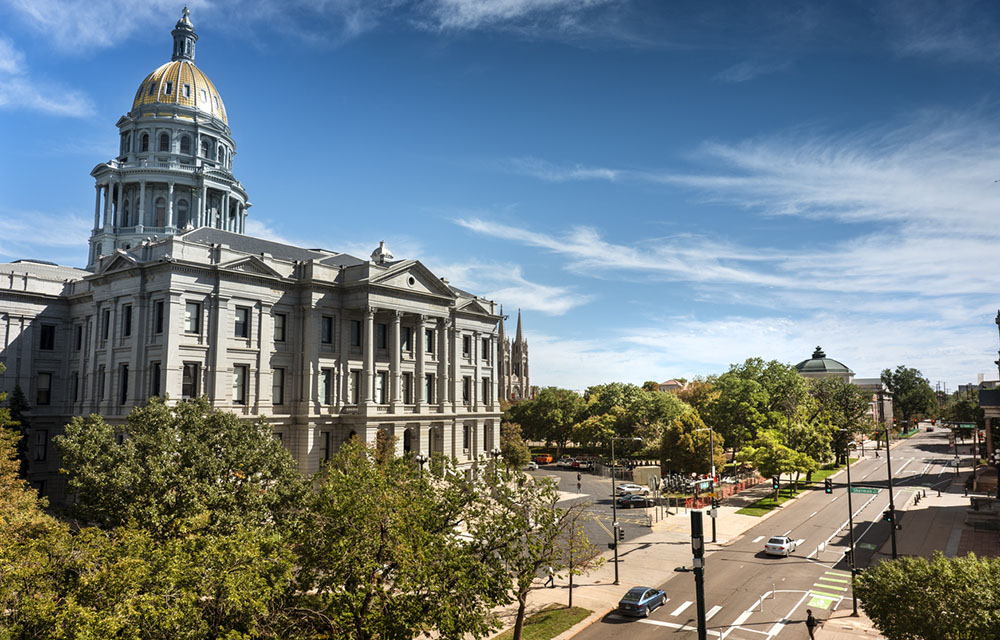The calendar says October, but already parts of Colorado, including Denver, are expecting the first snowfall of the season. The onset of this winter weather brings new safety concerns and hazards.
Snowstorms can cause costly damage to businesses — remember the blizzard of 2003? It dumped up to six feet of snow on some parts of the state, and according to the Rocky Mountain Insurance Information Association, it resulted in tens of millions in insurance claims.
Winter worries include an increase in slips, trips and falls; travel complications; illnesses; and exposure leading to hypothermia and frostbite. However, by incorporating the right precautions, you can decrease your employees’ chances of being injured on the job by these seasonal hazards.
Here are some tips for proactively preparing for the most common winter weather risks:
- Slips, trips and falls: Encourage workers to wear footwear with slip-resistant treads. Clear ice and snow from places your employees walk and use deicer to eliminate slush buildup. If you must clear snow from rooftops, employ caution on a ladder, and always use a fall-protection system.
- Hypothermia and frostbite: Encourage employees to dress in layers if they will be outside, including waterproof clothing as the outer layer. Have them remove wet clothing as soon as possible when coming indoors, double up on socks and choose mittens over gloves. Watch for frostbite signs such as lost feeling in extremities or blistering of skin.
- Winter travel: Stay informed and check road conditions before driving. The Colorado Department of Transportation has a handy website to gauge weather wherever you’re headed. Remind employees not to use cruise control, which can trigger skids in wintery conditions. If you become stranded on the road, tie brightly colored cloths to the side-view mirrors, door handles and the antenna if you have one. Stay with your vehicle, turning it on for a few minutes every hour to generate heat, but keep the windows open to avoid carbon monoxide buildup. Don’t forget to make sure the exhaust pipe isn’t blocked.
- Blizzards: Identify and patch any pipe and insulation leaks before a storm. If you have inventory, take pictures of it for reference afterward. Review evacuation plans with employees. If you do not have time to evacuate, keep employees inside. Buy a battery-powered radio for storm updates in case you lose power.
- Avalanches: Before undertaking work-related trips to the backcountry, look up local conditions via the Colorado Avalanche Information Center. An avalanche is more likely to occur in an area that has already had one. If employees must venture into such a place, make sure they’ve received training, and provide them with avalanche beacons along with probes and shovels. Read the Colorado Division of Homeland Security & Emergency Management’s list of recommendations for people caught in an avalanche.
- Illness: During the winter flu season, encourage employees to wash their hands frequently and get their flu shots.
Visit our Safety Hub for more information on safety services and training options.














